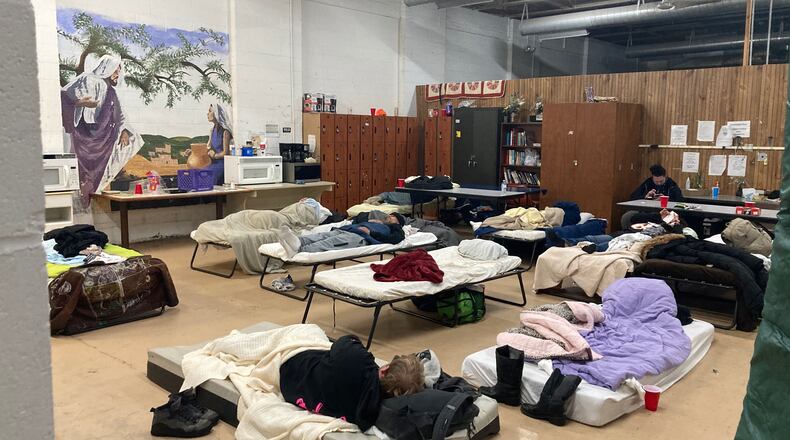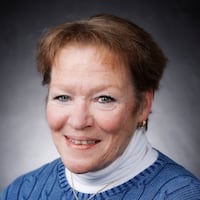She said Transitional Living oversees the overnight unsheltered count that’s done with local police officers. But that didn’t happen this year, she said.
Service providers that receive HUD money have submitted their point in time (PIT) counts directly to the state, so there is no true number this year. Last year they counted 70 people living in frigid conditions on Jan. 21, but HUD never released the number that included sheltered and unsheltered homeless people for 2020.
HUD did award Continuum of Care funding this year, which is normally a competitive grant based partially on the PIT count. The Coalition received $571,783; and the YWCA of Hamilton’s Goodman Place received $131,971.
Muller said over the last year Butler County has been awarded $2.39 million in outside funding to provide safe housing for the homeless.
YWCA Executive Director Wendy Waters-Connell said the funding is being used to hire an assistant director to work with women who are chronically or acutely homeless or are at “very high risk of homelessness with special needs like domestic violence survivors.”
The Butler County commissioners also award HUD dollars every year. Last year they approved $1.35 million in HOME Investment Partnerships Program projects, $400,000 of it went to help the YWCA build a $11 million facility.
When the coronavirus pandemic struck, in an effort to lessen shelter populations, the commissioners redirected $75,000 in Community Development Block Grant money from 2019 to help the homeless coalition rehouse the homeless.
Muller said they have used $68,422.13 helping 148 households secure permanent homes. There are an additional 22 households that have been approved for assistance but there is a significant lack of apartments available, she said.
Serve City received $105,000 from the commissioners and Executive Director David Hood said it used some of the money to create an emergency warming shelter this winter. Due to COVID-19 social distancing requirements, it had to drastically cut its normal bed space from 40 for men and 12 for women to 27 and 7, respectively. Last week when temperatures dipped well below freezing it accommodated 58 people overnight.
They have transformed their community space into a makeshift dorm at night to fit 22 additional people.
“We use it for overflow for our shelter,” Hood said. “We thought we could fit 15 but we committed to do our best not to turn anyone away so our residential director described it as a human Tetris trying to fit people in and still keep some social distancing.”
With the closure of the Serving Homeless Alternate Lodging Of Middletown (SHALOM) church-based shelter this season due to the pandemic, Muller said Access Counseling has set up a daytime shelter at The Gathering Church in Middletown and it has shuttled some people over to Serve City at night.
There has been a ban on evictions throughout the pandemic but Waters-Connell said that will eventually be rescinded.
“We worry that the degree of homelessness is a lagging indicator because of all the supports that have been present so far with the CARES Act funding,” she said. “I think there are a whole host of families and individuals who are going to be facing homelessness because of evictions. We’re terrified what’s going to happen.”
About the Author

